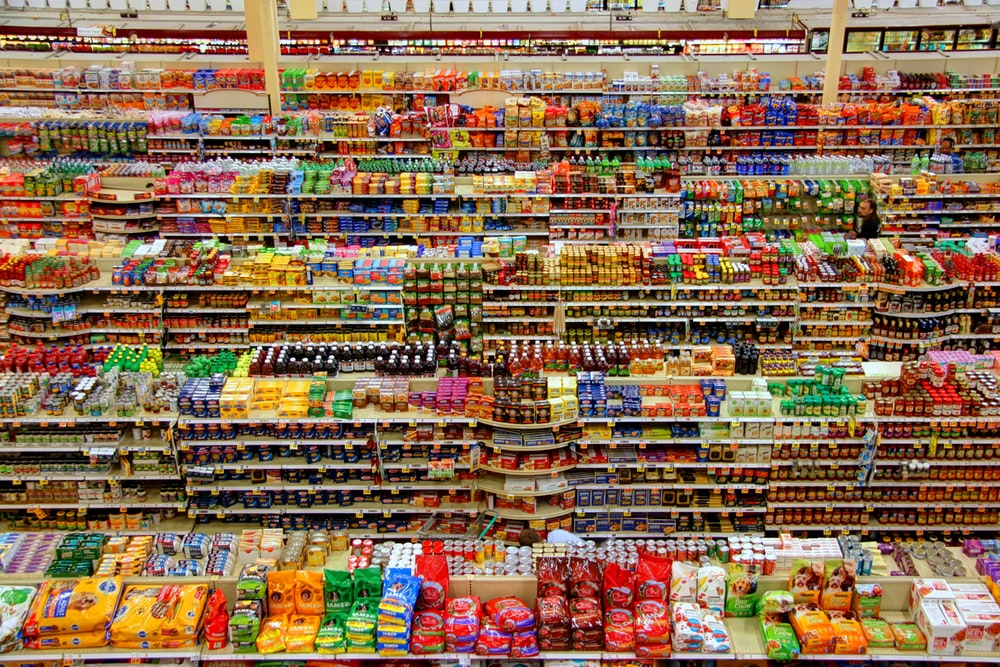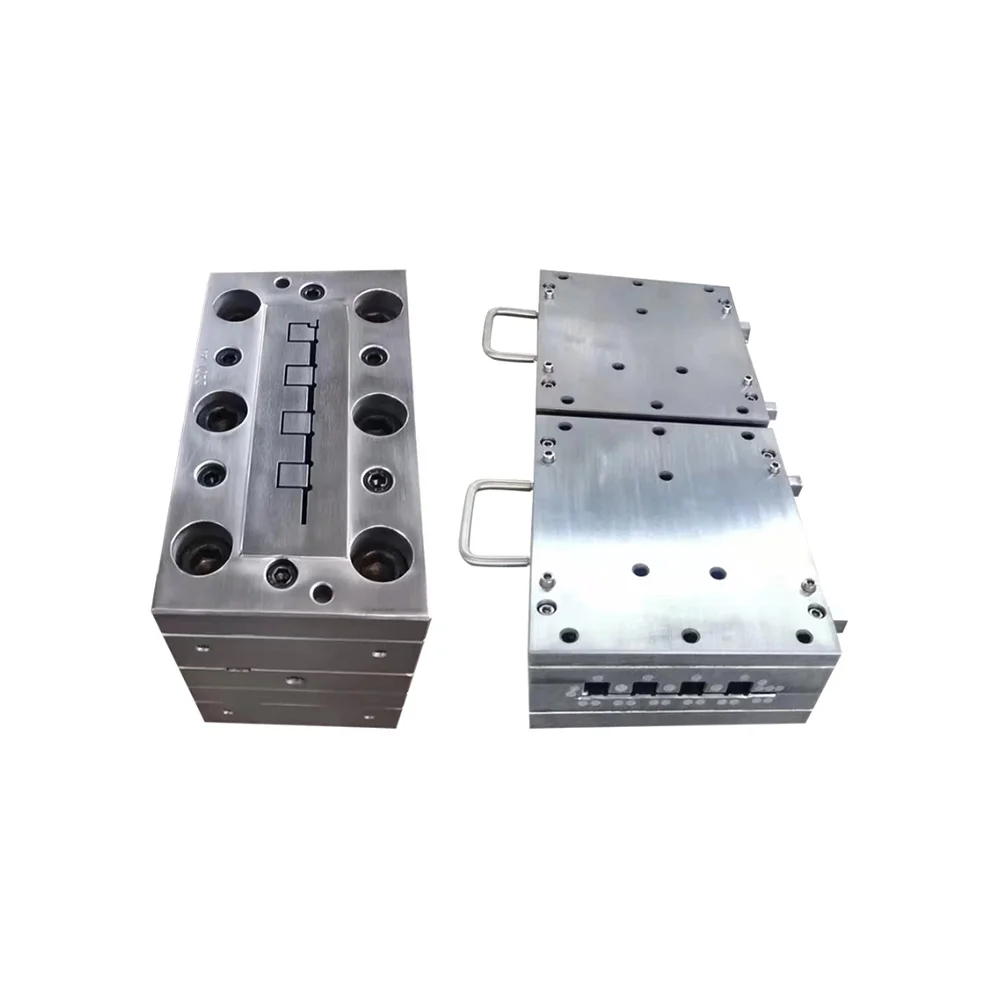
Consumer Goods vs. Non-Consumer Goods: Understanding the Key Differences
In the world of economics and commerce, goods can be classified into two broad categories: consumer goods and non-consumer goods. Understanding the distinctions between these two types of goods is crucial for businesses, marketers, and consumers alike. In this article, we will delve into the definitions, characteristics, and implications of consumer goods and non-consumer goods, shedding light on their roles in the market and their impact on various stakeholders.
- Defining Consumer Goods:
Consumer goods refer to products that are purchased by individuals for personal use or consumption. These goods are typically intended for direct consumption and are readily available in the retail market. Examples of consumer goods include food and beverages, clothing, electronics, household appliances, and personal care products. Consumer goods are further categorized into durable goods, nondurable goods, and services.
1.1 Durable Goods:
Durable goods are consumer goods that have a longer lifespan and are expected to be used over an extended period. Examples of durable goods include automobiles, furniture, home appliances, and electronic devices. These goods often require a significant investment from consumers and are considered long-term assets.
1.2 Nondurable Goods:
Nondurable goods, also known as perishable goods, are consumer goods that are consumed or used up relatively quickly. These goods have a shorter lifespan and are typically purchased frequently. Examples of nondurable goods include food and beverages, toiletries, cleaning products, and stationery. Nondurable goods are essential for daily living and are often replenished on a regular basis.
1.3 Services:
Services are intangible consumer goods that are provided by individuals or businesses to fulfill specific needs or desires. Examples of services include healthcare, transportation, education, entertainment, and professional consulting. Unlike tangible goods, services are experienced or utilized rather than owned.
- Understanding Non-Consumer Goods:
Non-consumer goods, also known as producer goods or capital goods, are products that are not directly consumed by individuals but are used in the production of other goods and services. These goods are typically purchased by businesses, organizations, or governments to facilitate their operations and enhance productivity. Non-consumer goods can be further classified into fixed capital goods and working capital goods.
2.1 Fixed Capital Goods:
Fixed capital goods are long-term assets that are used in the production process and have a relatively long lifespan. Examples of fixed capital goods include machinery, equipment, buildings, and infrastructure. These goods enable businesses to manufacture products, provide services, and generate revenue over an extended period.
2.2 Working Capital Goods:
Working capital goods, also known as circulating capital goods, are short-term assets that are consumed or transformed during the production process. Examples of working capital goods include raw materials, components, fuel, and packaging materials. These goods are essential for day-to-day operations and are continuously replenished to sustain production.
- Implications and Significance:
Understanding the distinction between consumer goods and non-consumer goods is crucial for businesses, marketers, and policymakers. Consumer goods play a vital role in driving consumer spending, shaping market trends, and influencing purchasing decisions. On the other hand, non-consumer goods are instrumental in enhancing productivity, expanding production capacity, and driving economic growth.
For businesses, accurately identifying and categorizing their products is essential for effective marketing strategies, pricing decisions, and inventory management. Marketers need to understand consumer behavior, preferences, and purchasing patterns to develop targeted campaigns and optimize product offerings. Policymakers rely on the classification of goods to formulate regulations, monitor market dynamics, and promote economic development.
Conclusion:
Consumer goods and non-consumer goods are two distinct categories of products that serve different purposes in the market. While consumer goods are intended for personal consumption, non-consumer goods are used in the production process. Understanding the characteristics, implications, and significance of these goods is essential for businesses, marketers, and policymakers to navigate the complex world of commerce and economics.


Average Rating